TLDR: good unit, with a QC issue or two
Bought this with the intention of having something that could record live drums in the future, turned out that I ended up nearly maxing out the inputs with just my guitar, bass and vocal recording equipment before I ever got my hands on drums. Lets start with the good:
* 8 combo xlr/jack inputs
* plug and play on linux
* ADAT connectivity on the back
* 2 headphone outputs
* sounds good
* no more fiddling with what is plugged in where
Granted, every decent interface for the past 20 years has figured out how to do clean preamps, but hey, they work well and are cheap. The noise floor is more than low enough for most practical appplications. ADAT expansion to take you up to 16 mic inputs is very nice and works, although I haven't had a chance to test how well it'll handle it.
Final note on this section - not needing to constantly change what is plugged into where when recording is an absolute godsend. Such a minor thing that saves so much time, since I'm not wondering "wait, what did I plug into which input again, and did I remember to adjust the input gain"
Now for the bad - these are minor issues but worth noting:
* noisy headphone A port
* very high noise floor on input 5 when used in instrument mode
These are minor, since I'm mostly recording real mics and typically use headphone A for my IEMs when mixing, which require very little volume before they start becoming too loud, but they exist. Probably an issue with the unit, but it's not a big enough deal for me to be bothered to fix it. But as with all cheap gear, you are gambling on getting a quality unit shipped to you. A small gripe about the ADAT whilst you're here - it only supports adding an extra 8 channels via adat, and have the ability for an extra 16 via ADAT would have been very nice, but that's a minor nitpick since most people don't need to record more than 16 mics at once.
Overall - pretty good piece of kit, and about as cheap as you'll get for new gear


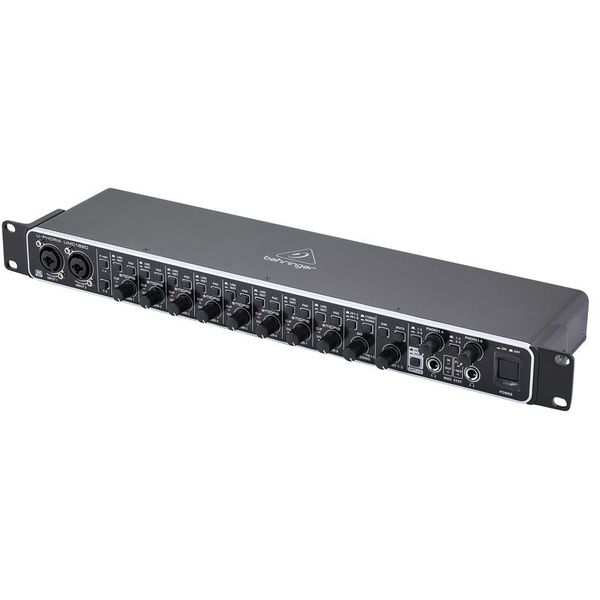
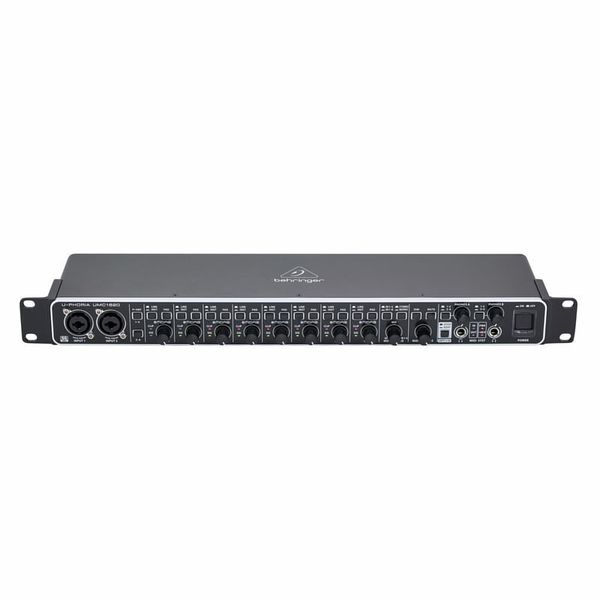
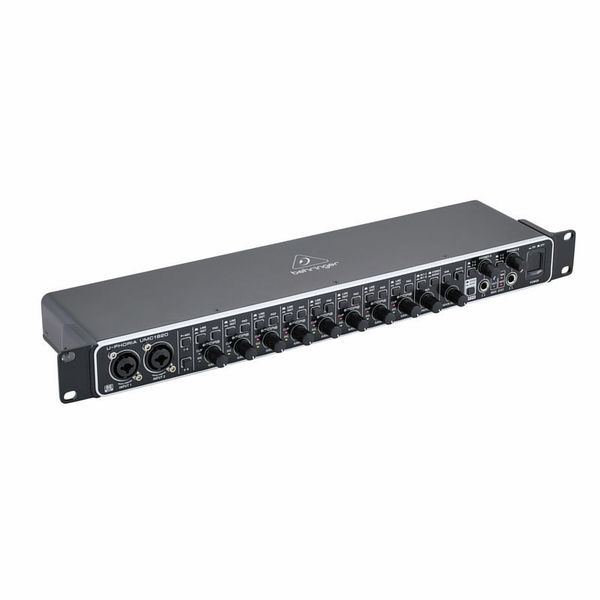
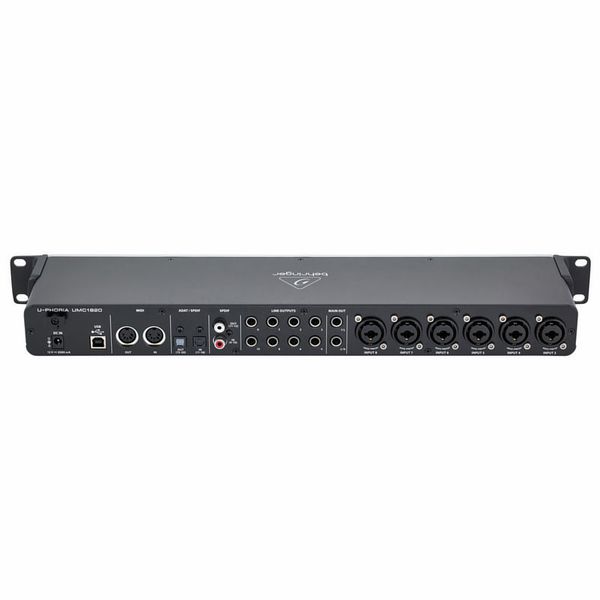
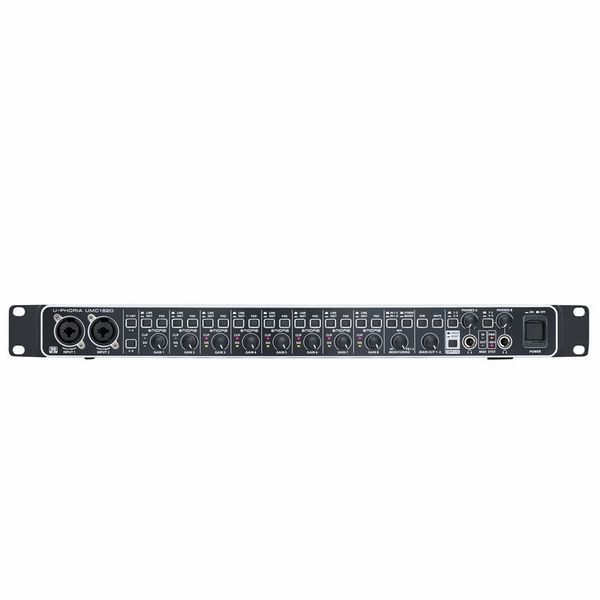
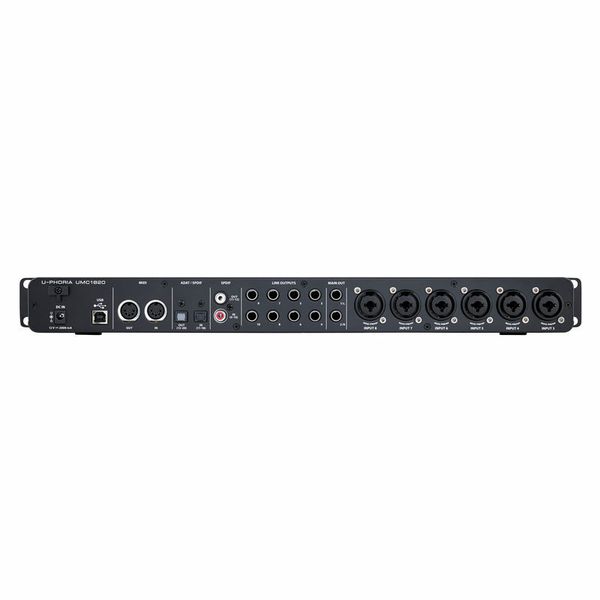
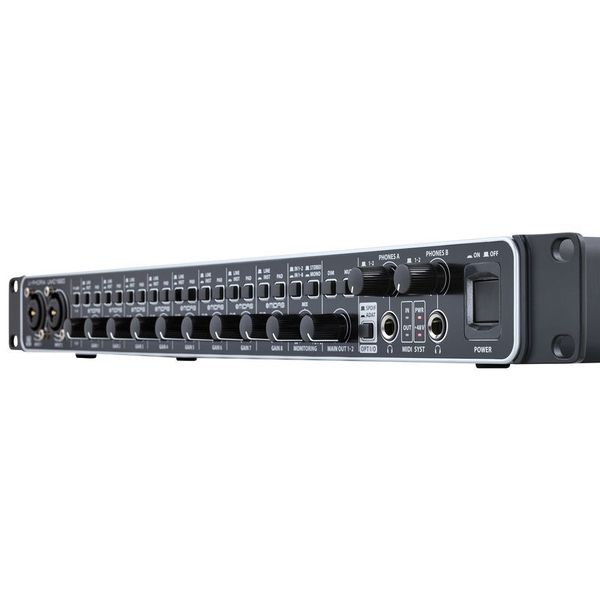
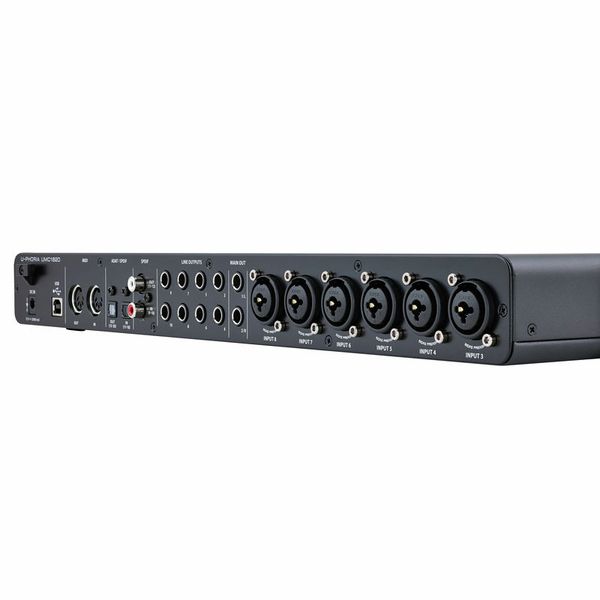
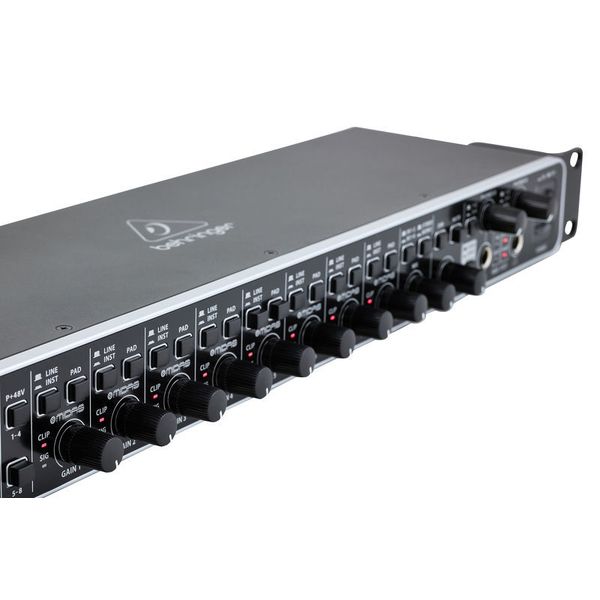
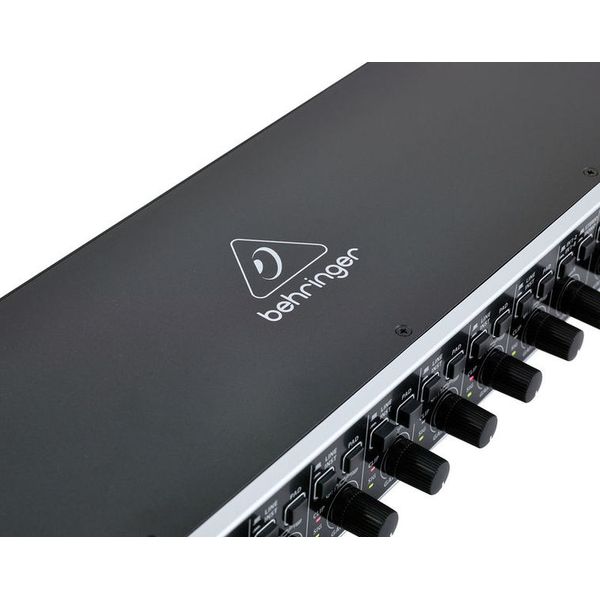
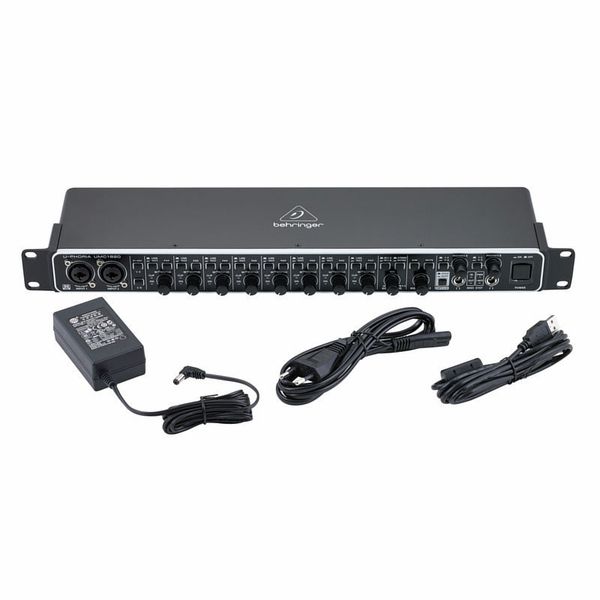














)
)
)
)